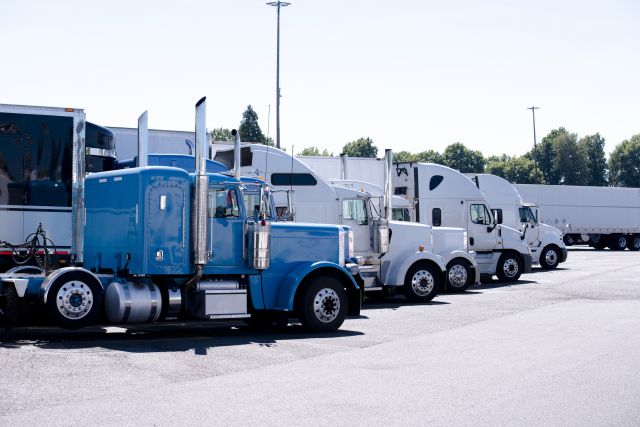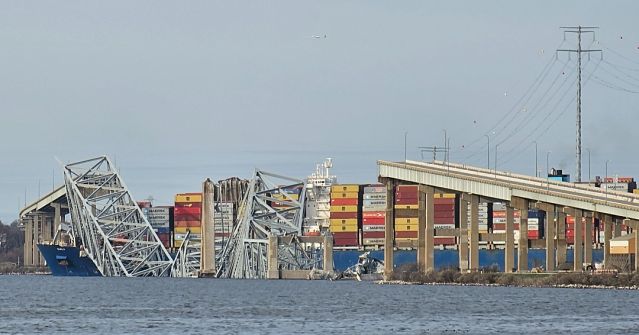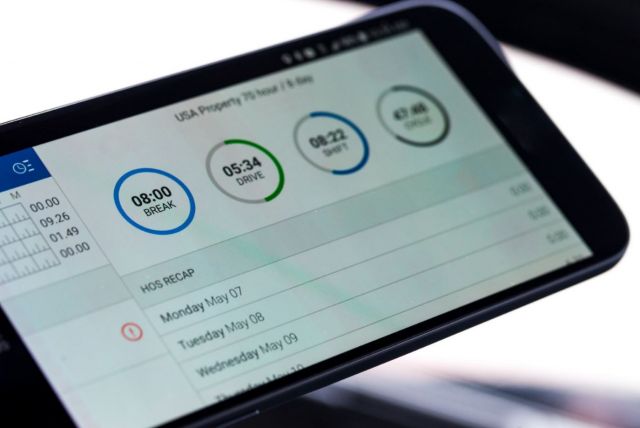Data tracking and analysis is not new. In fact, technology giant IBM released in 2017 that every day, we produce 2.5 quintillion bytes of data. It comes as no surprise then that individuals are devoting their life’s work to analyzing and processing data so that the most can be gleaned from this collection of information.
The logistics industry is significantly contributing to this collection of data, making freight visibility software a crucial tool that must be utilized by third-party logistics providers, to understand this data better.
Why Does Visibility Matter?
Freight tracking is not a new concept, as companies have been using tracking software to notify customers of the shipment of goods for years. For instance, how many times have you tracked a purchase from Amazon to ensure that you are home to accept the delivery? While this tracking software is limited compared to the software that is being utilized in achieving freight visibility, it is a method of data collection that is growing in popularity and accuracy. Imagine being able to track loads from the moment they are shipped to the moment they arrive, allowing brokers to monitor hours driven, prepare companies for the unloading of goods, and enable driver’s to be able to better track detention times with accuracy.
As freight visibility becomes more popular and a requirement for businesses within the logistics industry, software solutions are flooding the market, providing no shortage in opportunities to acquire new data. It is believed that the 10.5 billion tons of freight shipped annually, is hauled by trucks. Only six percent of the companies who transport this freight, however, can provide real-time analytics, as most companies have to contend with delays in electronic data interchanges.
Since every shipment has a lifecycle; from the moment it is ordered to the moment it is delivered, incredible data can be collected as it exchanges hands, crosses borders, and spends time in warehouses. Where blockchain technology is assisting in managing transactions, freight visibility software has the potential to provide real-time analytics, allowing processes to be monitored and streamlined to ensure higher accuracy while contributing to the company's bottom line.
Better Now Than Ever?
As freight visibility increases in popularity, many have been asking if it is the right time for the industry to be adopting this technology? With the implementation of the ELD mandate and the increased regulation of working hours, it seems that the answer is yes!
With truck driver’s now limited to fourteen hour work days, eleven hours of which are spent behind the wheel, logistics companies are looking to coordinate driver schedules to ensure that shipments arrive on time and that each route driven is done so, efficiently. Through increasing warehousing space and hiring on more drivers, logistics companies can coordinate schedules and routes and decrease the need for ‘less than truckload’ shipments, if possible.
The implementation of the ELD mandate also forces truck driver’s to sign off of work for ten hours per day, causing them to have to find an appropriate parking space while on the road. Currently, a lack of truck stops is forcing drivers to have to find an adequate place to park, even if they must stray from their route. Not only do they lose precious billable time, but it impacts the bottom line.
Through utilizing freight visibility software, companies can determine where drivers are at all times, how long they have been traveling for, and even how far away they are from a designated truck stop. Processing and analyzing this data will allow companies to identify time wasters, better coordinate shipments, and interact with drivers while on the road to provide helpful information when they need it most!
As customers continue to demand an increase in transparency by companies they work with, the logistics industry is not free from this same expectation. Providing one hundred percent visibility of freight status and location is an attractive offering that is catching the eyes of customers. Increased freight visibility is just another way that the industry is changing. Are you ready?



